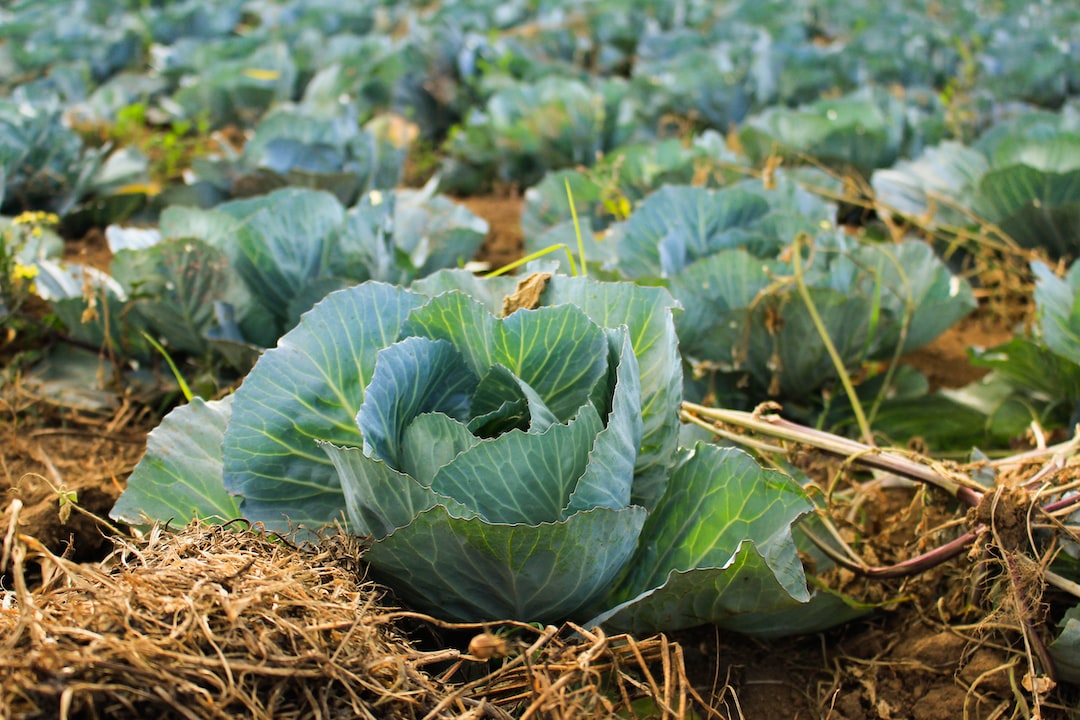Sourdough bread is a popular bread variety that has been around for thousands of years. Unlike conventional bread, which is made with commercial yeast, sourdough bread is made using a natural process that involves the use of sourdough starter. Sourdough bread is popular because of its unique flavor, texture, and the numerous health benefits it offers. In recent years, there has been growing interest in the science behind sourdough bread and how it is made.
The science of sourdough bread starts with the sourdough starter, also known as levain or mother. The starter is a mixture of flour and water that has been left to ferment for a period of time, usually several days or weeks. During the fermentation process, the mixture will begin to bubble and produce gas, which is a sign that the natural yeast and bacteria found on the flour have started to multiply.
The sourdough starter is a live culture of wild yeast and bacteria, which plays a pivotal role in the sourdough bread-making process. The wild yeast found in the starter is responsible for leavening the dough, while the bacteria produce lactic acid, which gives sourdough bread its distinctive sour taste. The combination of yeast and bacteria in the starter, along with the fermentation process, creates a highly complex and active microbial community that is responsible for the unique properties of sourdough bread.
When making sourdough bread, the starter is added to the dough, which typically consists of flour, water, and salt. The mixture is then left to ferment for several hours or overnight. During this time, the natural yeast and bacteria in the starter will feed on the sugars in the flour and produce carbon dioxide gas, which causes the bread to rise.
The fermentation process also develops complex flavors in the bread, which is why sourdough bread is known for its distinctive taste. The lactic acid produced by the bacteria in the starter gives the bread its sour taste, while the acetic acid produced by the yeast gives it a slight tang.
In addition to its unique taste, sourdough bread is also known for its numerous health benefits. The fermentation process in sourdough bread breaks down the gluten and other complex carbohydrates in the flour, making it easier to digest. Sourdough bread also has a lower glycemic index than conventional bread, which means it causes a slower rise in blood sugar levels. This makes it an excellent choice for people with type 2 diabetes or other blood sugar-related conditions.
In conclusion, the science of sourdough bread is a fascinating topic that has captivated bakers and food enthusiasts for centuries. The natural fermentation process that takes place in sourdough bread creates a complex and active microbial community that is responsible for its unique taste, texture, and health benefits. Whether you prefer a tangy sourdough or a mild, classic loaf, there is no denying the magic of sourdough bread-making.

